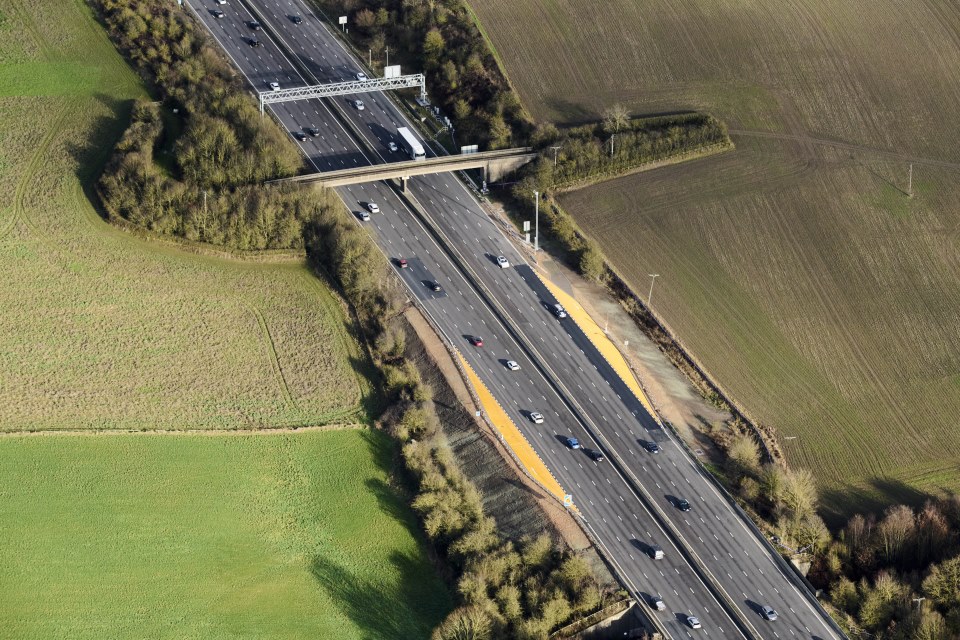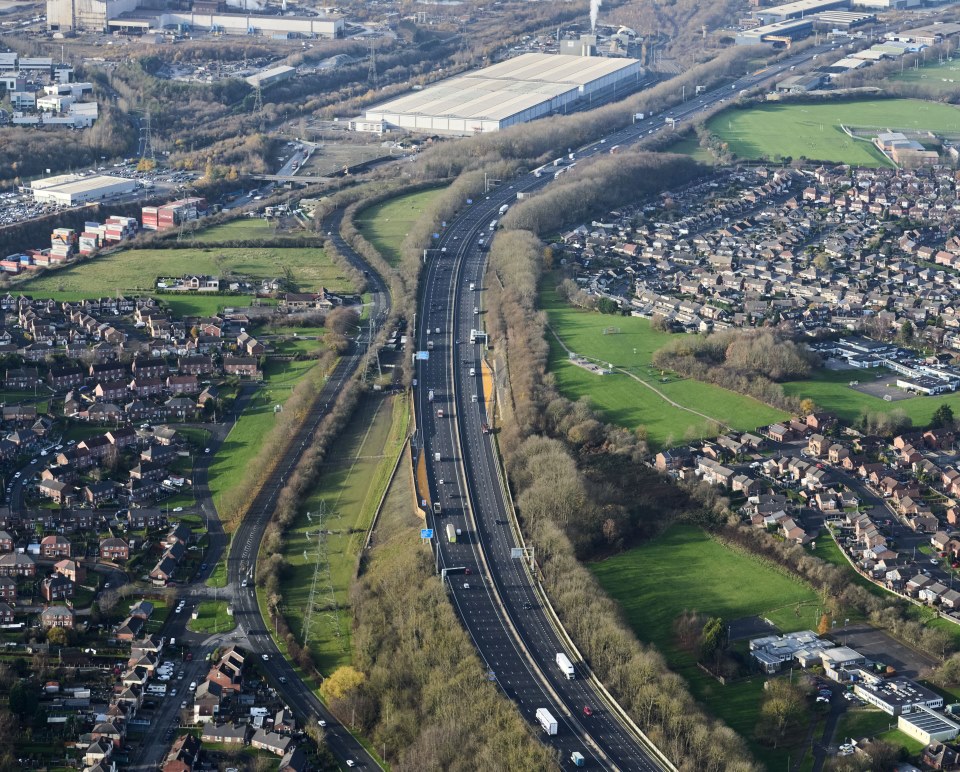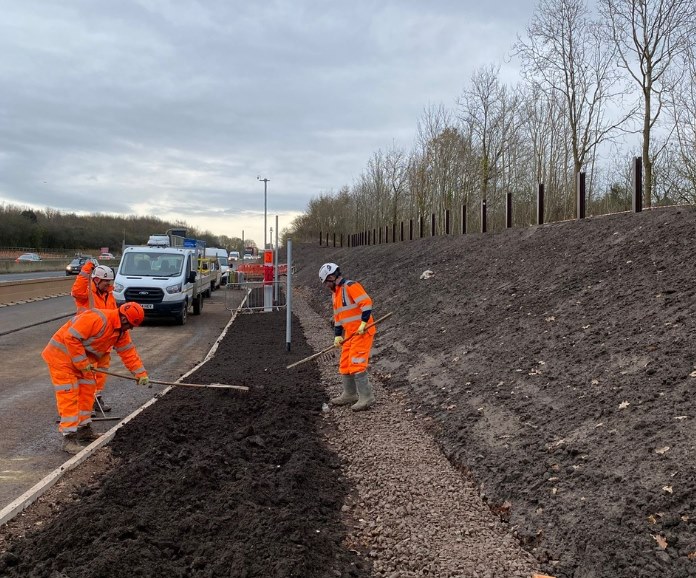The National Highways Emergency Retrofit Programme focuses on upgrading critical infrastructure to enhance safety and efficiency in emergency areas along motorways. This includes installing advanced technology, improving signage, and ensuring that emergency zones are clearly marked and easily accessible. These retrofits help manage traffic flow, reduce accidents, and provide swift responses during incidents. For motorway service areas, this program ensures that nearby facilities remain safe and accessible during emergencies, contributing to overall driver safety and operational resilience.
Remember… If you get into trouble on a motorway – go left. Leave at the next junction or stop in at a Moto. If that’s not possible, move left to an emergency area or hard shoulder.
Find more details about the Emergency Retrofit programme here.



We have attached the National Emergency Area Retrofit FAQs below:
Why are the roadworks so long, and why do they need to be on both sides of the road?
Safety is our top priority. As the distance between emergency areas is relatively short, maintaining the lane closure between them is the best option as it reduces lane changes, helps keep traffic flowing and ultimately reduces the risk of any incidents.
Motorway technology often covers both sides of the road at once. We have put in place roadworks restrictions, like a reduced speed limit, when work happening on the opposite carriageway affects our monitoring systems on both sides.
Why are you building all of the emergency areas at once? Why not spread them out?
We are committed to building at least 150 additional emergency areas by the end of March 2025. We are working very hard to meet the commitment and will remove the roadworks as soon as we safely can.
Why can’t I see anyone working?
We appreciate that it can be very frustrating to drive through roadworks and not see work being carried out. We’d like to assure you that we are working very hard to complete these upgrades as quickly and efficiently as possible. We’ve completed well over a million working hours on these upgrades and are working hard to have them all complete by next spring.
There are a few reasons why you might not always see workers:
- Working out of view from the carriageway: Some work takes place at the bottom of embankments or in the verge behind barriers, such as earthworks, removal of vegetation or existing signage. Other work only needs small crews and machinery so you may not notice them.
- Phased work and shifts: Some work is required in phases and needs to be completed before workers can continue. For example, freshly laid concrete or asphalt needs time to set or cure, meaning there may be periods when no active work is happening but progress is still being made. Workers are often rotated on different shifts too.
- Preparation, planning and testing: Sometimes, parts of a project require detailed planning or preparation off-site, such as coordinating machinery, ordering materials, or analysing conditions. Certain stages also require inspections, and once finished safety and technology testing.
- Weather Conditions: Poor weather, such as rain, can prevent workers from safely completing tasks, especially tasks that involve certain materials that require dry conditions to set or cure properly.
What are you doing to limit delays?
We have designed the roadworks with traffic flow in mind and keeping the open lanes at full-width instead of narrowing them as at many roadworks, is proving effective at helping to manage traffic flow.
We continue to keep the roadworks under review and consider all options for maximising traffic flow without compromising safety.







